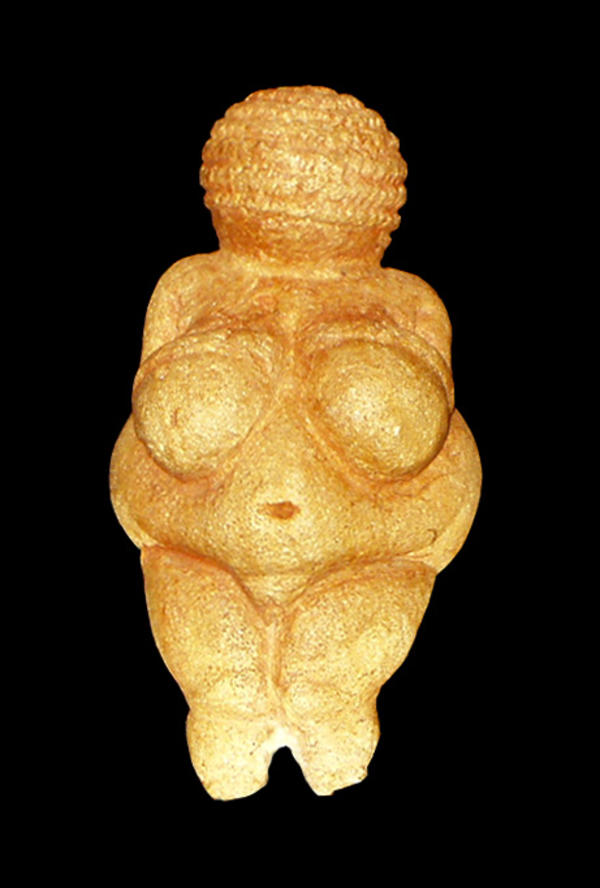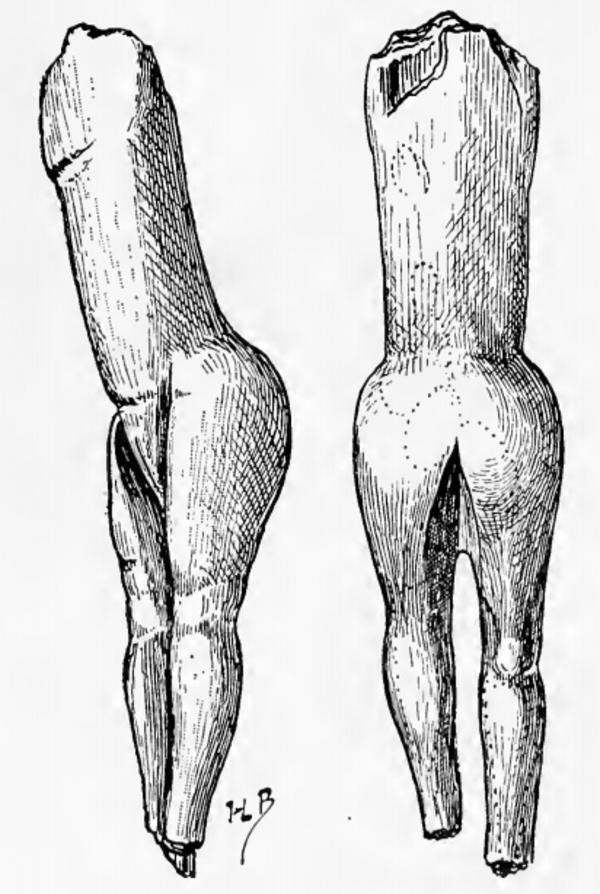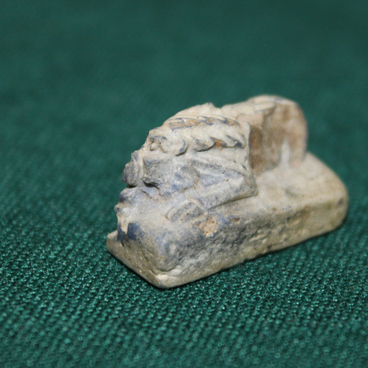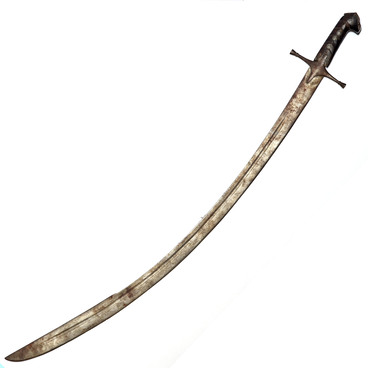Paleolithic Venuses is the name given to stone, ceramic or bone figurines made around 30 thousand years ago. Often such figurines represented pregnant women with large breasts, while their limbs could be hardly traced. Most often the Venuses had no faces, like most ancient ceremonial statues, while some of the others had no heads at all. However, scientists came across figurines with carved face features, e.g., the oldest Paleolithic sculpture, the Venus of Brassempouy.
Paleolithic Venus
Creation period
The Upper (Late) Paleolithic Age, 28,000-24,000 years ago
Dimensions
12,3x3,6 cm
Technique
Mammoth tusk, carving
Collection
Exhibition
9
Open in app#1
Paleolithic Venus
#2
#4
Paleolithic Venuses became the first images of a human being in the world culture. Scientists believe that they were part of the old cult of fertility. The large belly, big bosom and wide hips used to symbolize abundance and ability to produce healthy progeny. Such images could be a representation of mother goddess or other supernatural powers, who, according to ancient religious faiths, protected the tribe. At that time there were no agriculture and any cults related to it. Therefore, the Venuses are likely to have signified well-being of the clan in general.
Paleolithic sculpture, the Venus of Brassempouy. Source: commons.wikimedia.org
#5
Scientist Konstantin Gavrilov assumed that figurines of Venuses were ceremonially buried or broken up during ceremonies and sacrifice offerings. Therefore, whole figurines are rarely to be found, most often archeologists discover separate fragments.
#6
‘Venus the Immoral’, 1907. Source: wikimedia.org
The first pre-historic figurine was found in the South of France in 1864. It was called Venus the Immoral as opposed to Venus the Modest: an image of Aphrodite, a goddess from the ancient mythology that was an ideal of female beauty. The figurine was called immoral because of demonstrative genitals.
#7
By early 21st century archeologists had found around 100 paleolithic Venuses in various countries. Almost all of the figurines were small: from 4 to 25 cm high.
#8
The height of the Venus of Khotylevo from the collection of Bryansk antiquities is slightly over 12 cm. The head of the figurine is small, the legs are short and the arms are only conventionally marked. There are some cracks at the belly of the figurine, due to time and rough processing. The figurine was made with sharpened stones The Venus is carved of a mammoth tusk, it was hardly polished after carving, therefore, harsh and flaky bone structure remained on the figurine surface.
#9
State budgetary cultural institution Bryansk State Regional Ethnography Museum
read morehide
00:00
00:00
1x
Paleolithic Venus
Creation period
The Upper (Late) Paleolithic Age, 28,000-24,000 years ago
Dimensions
12,3x3,6 cm
Technique
Mammoth tusk, carving
Collection
Exhibition
9
Open in app
Share





